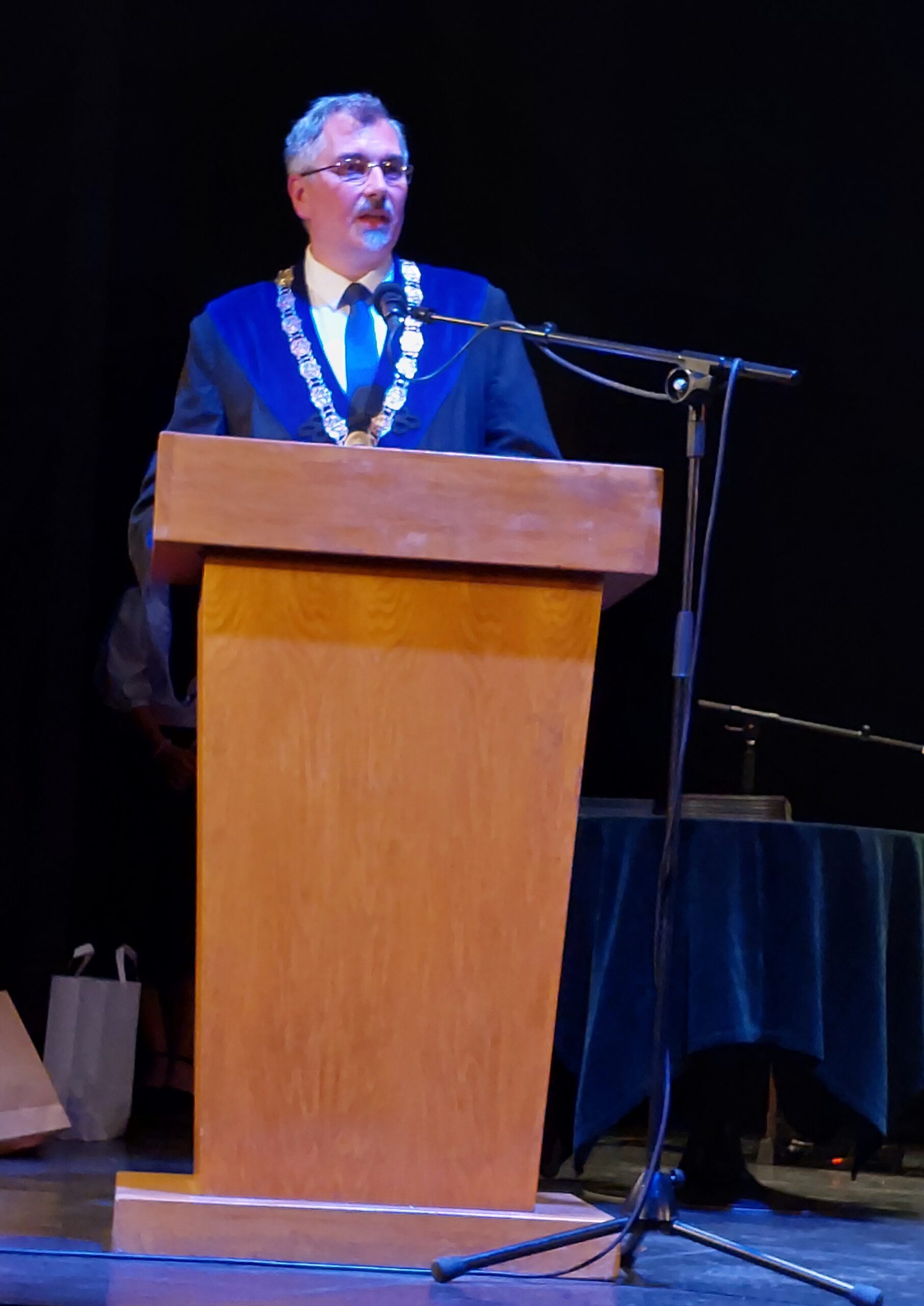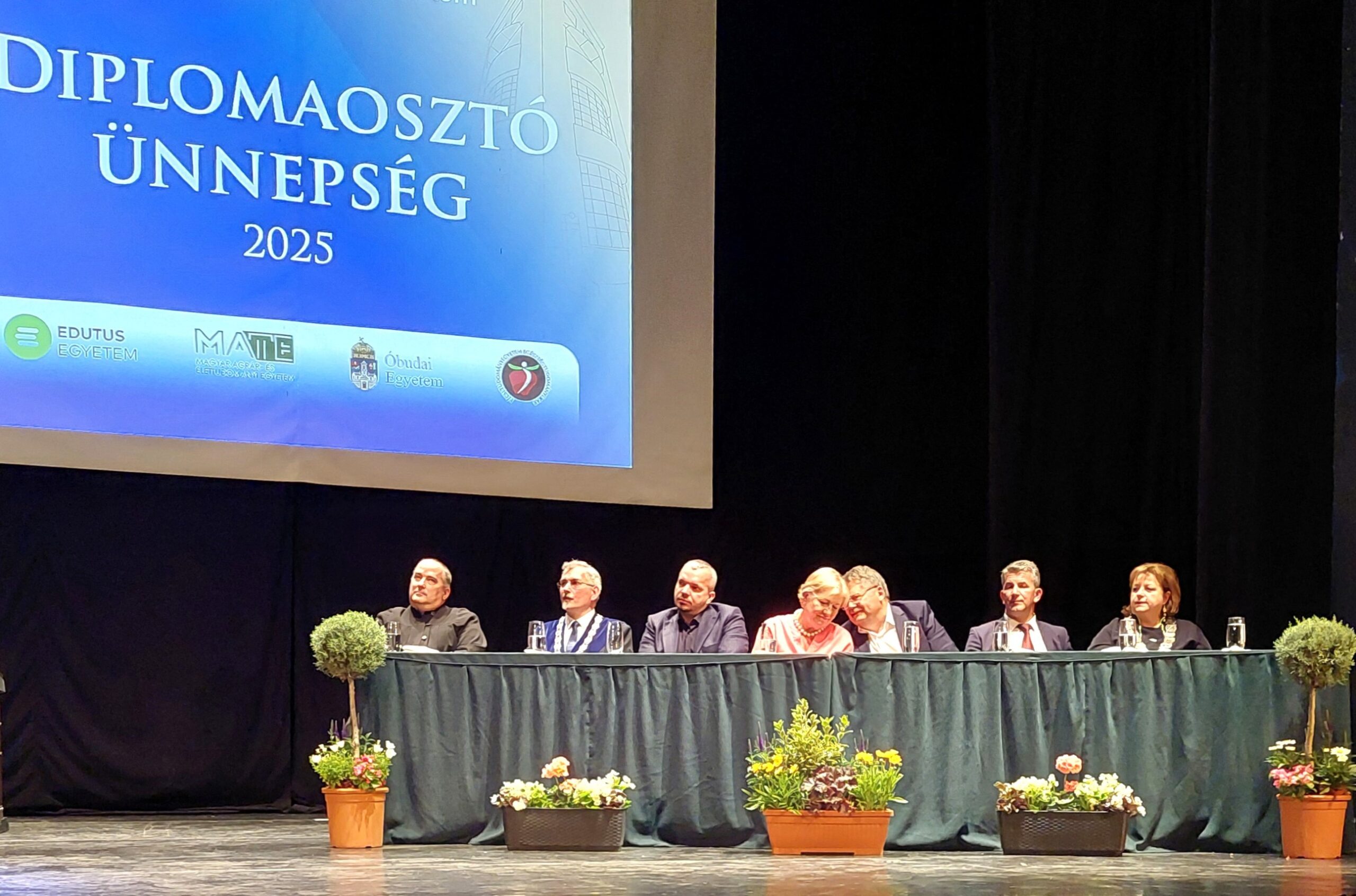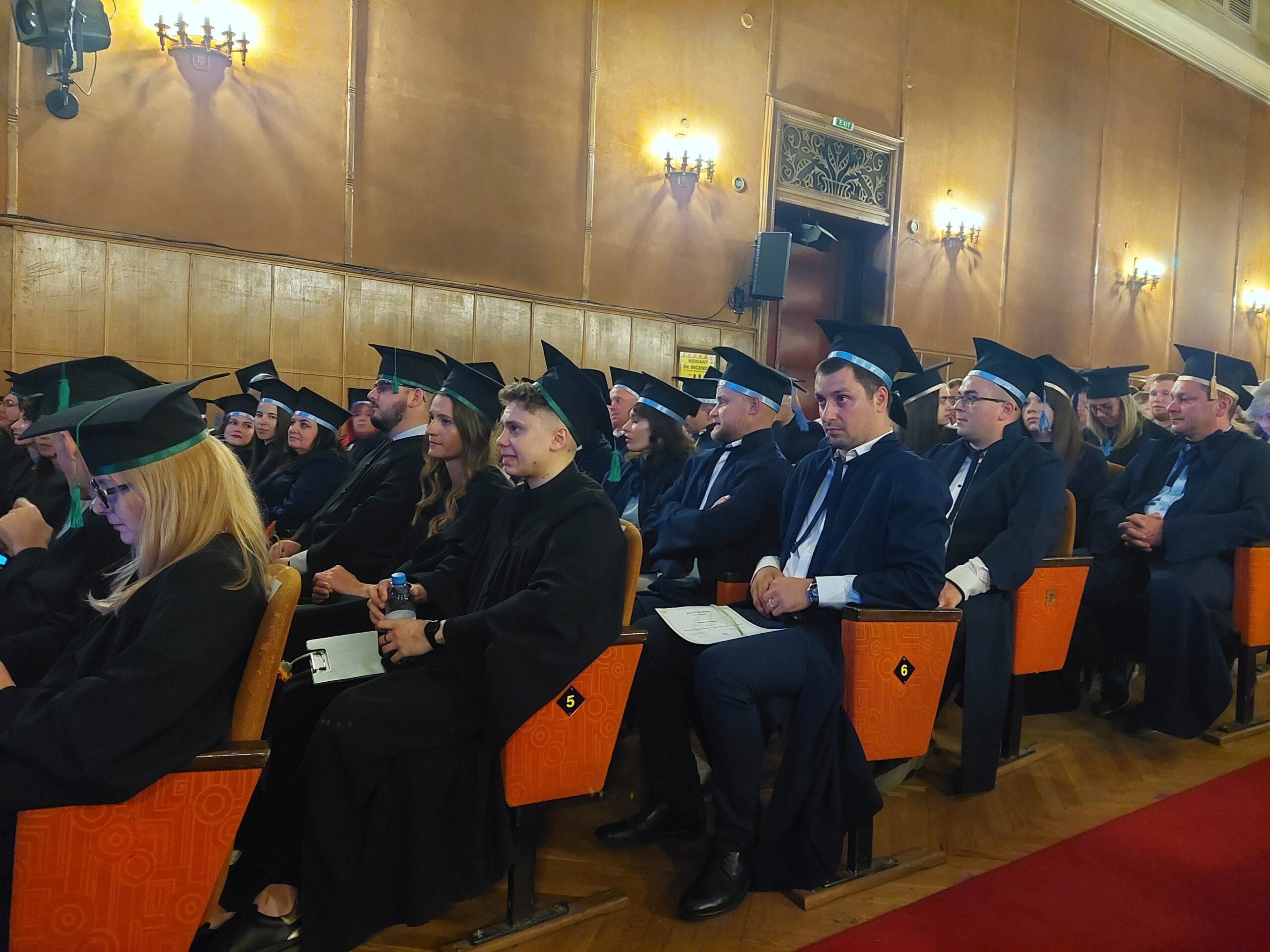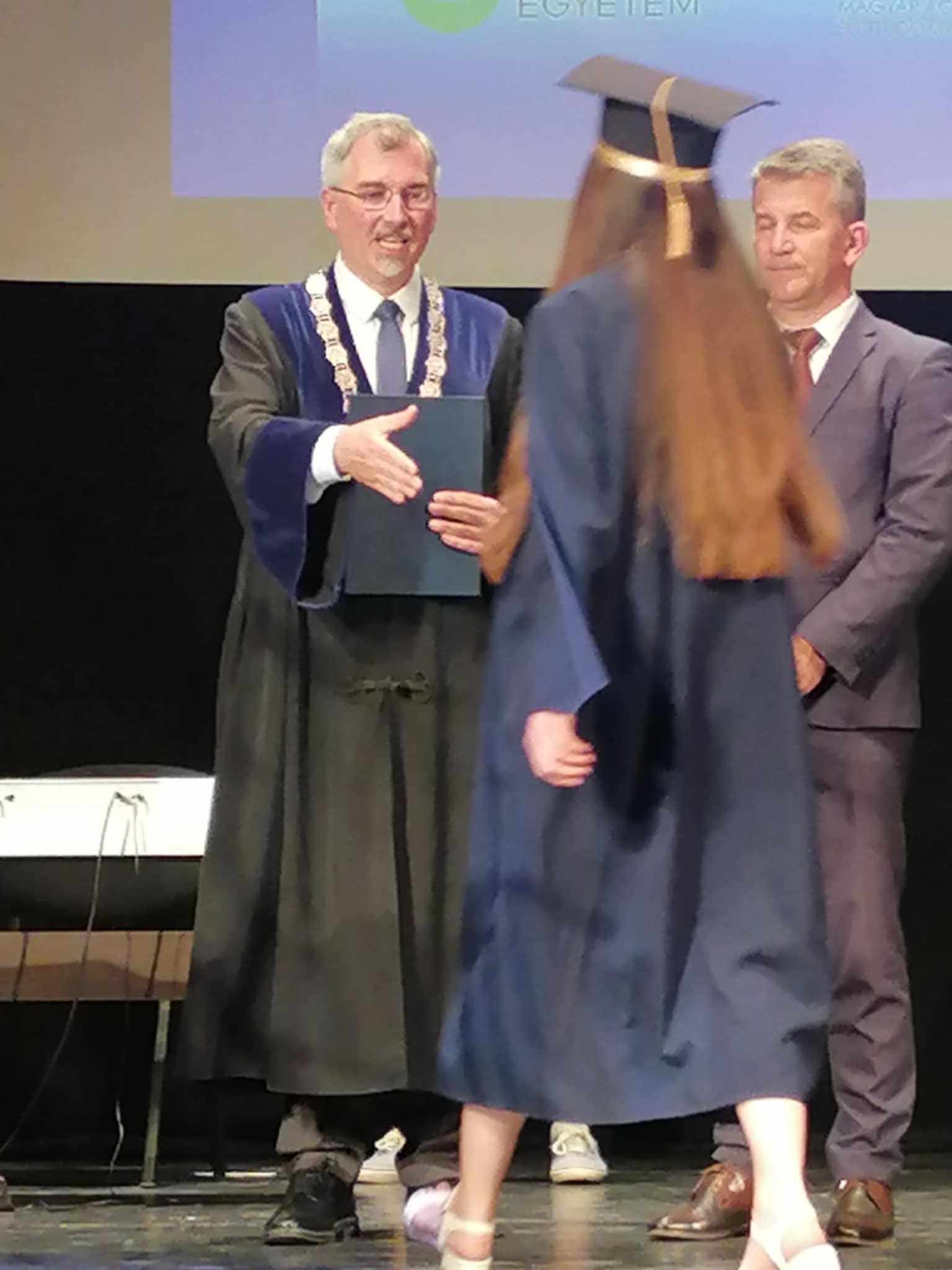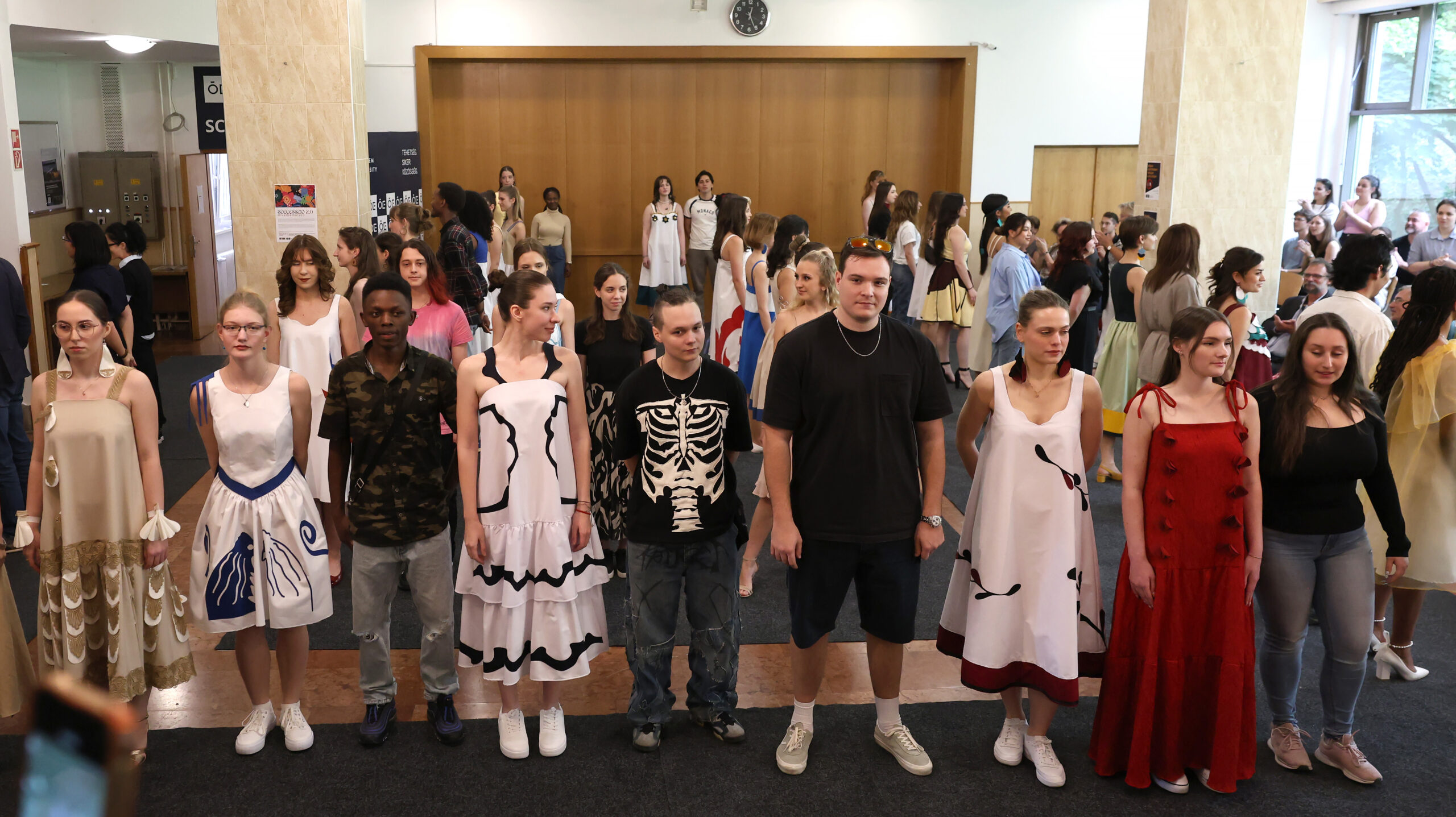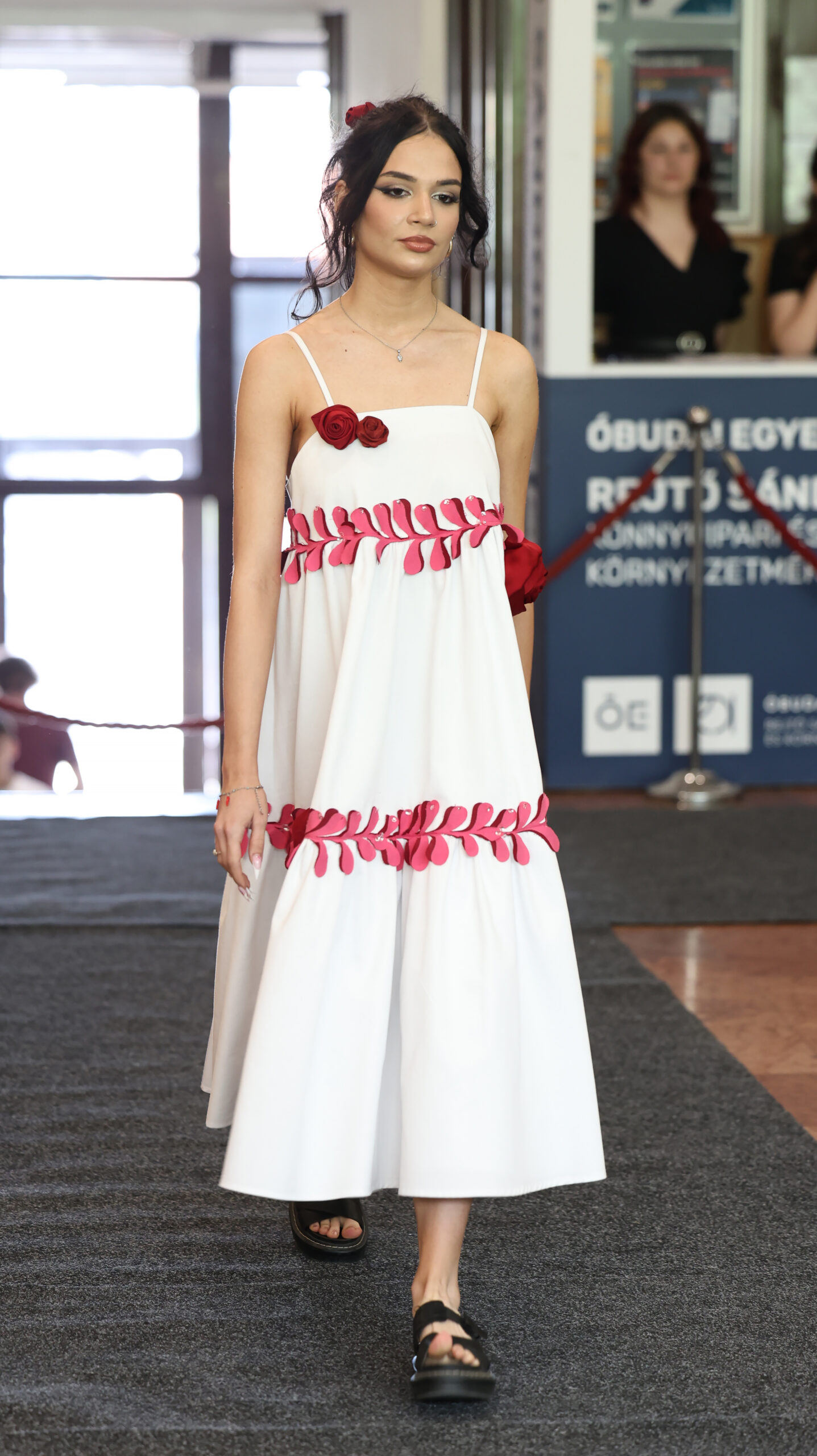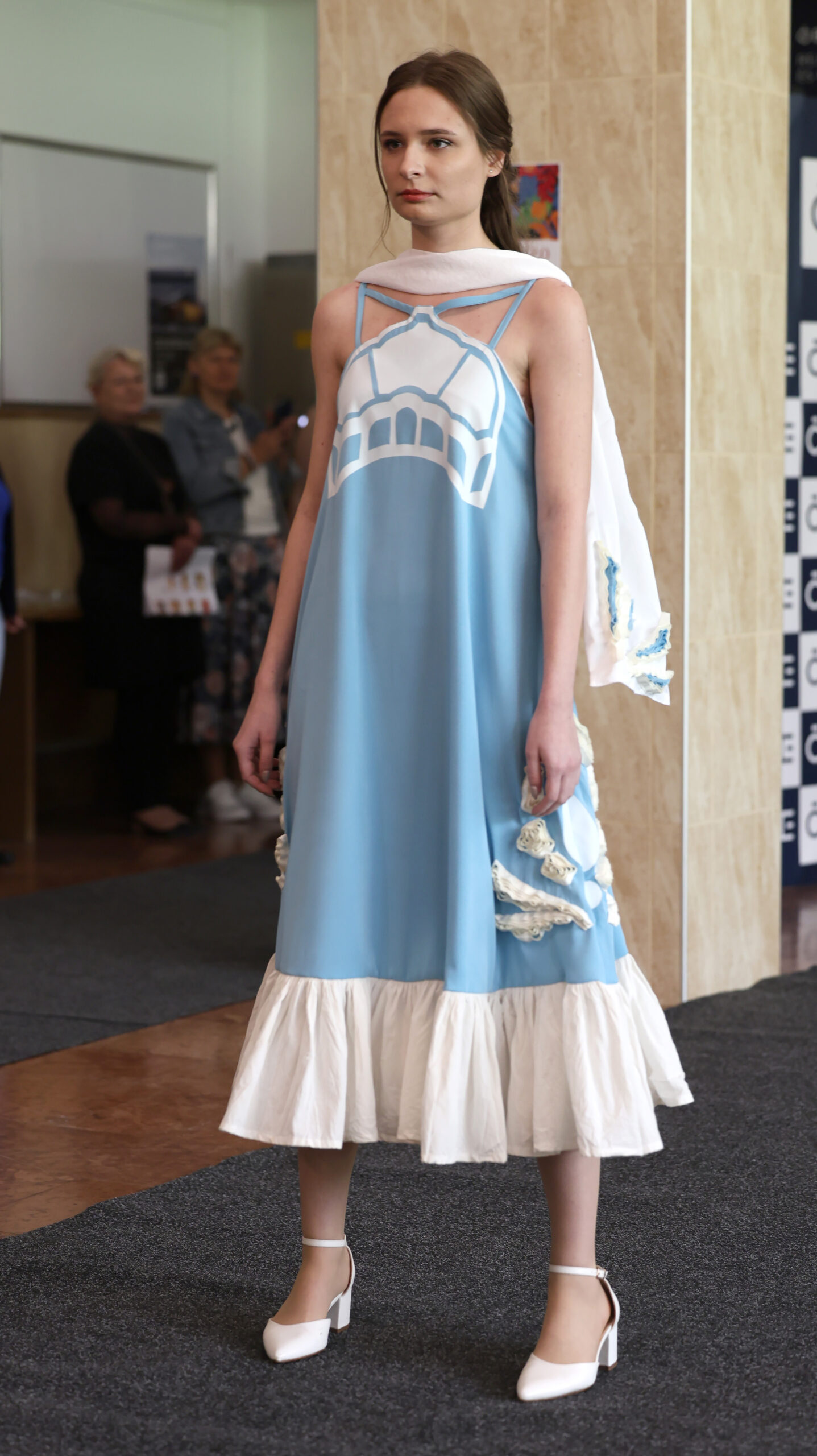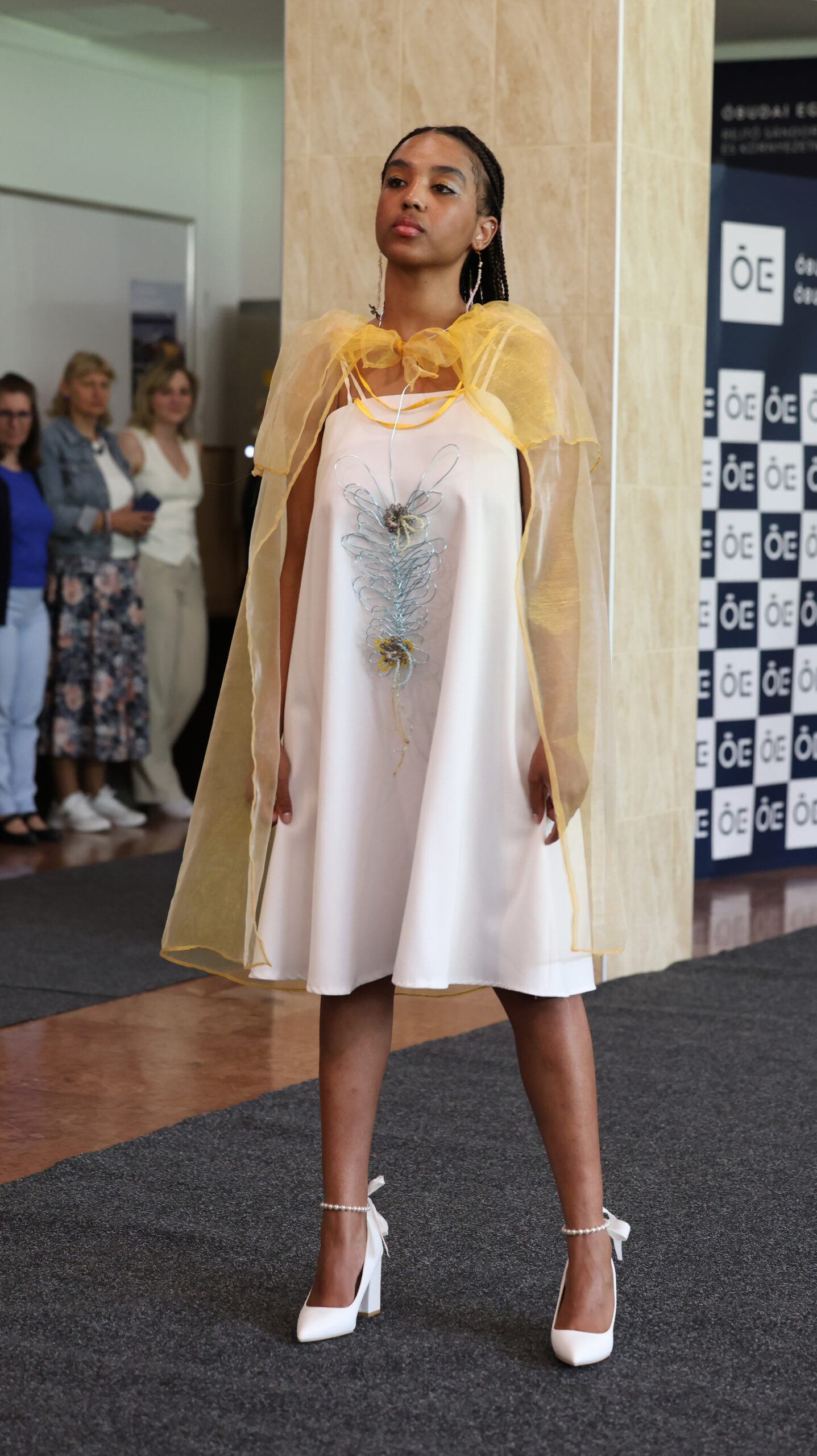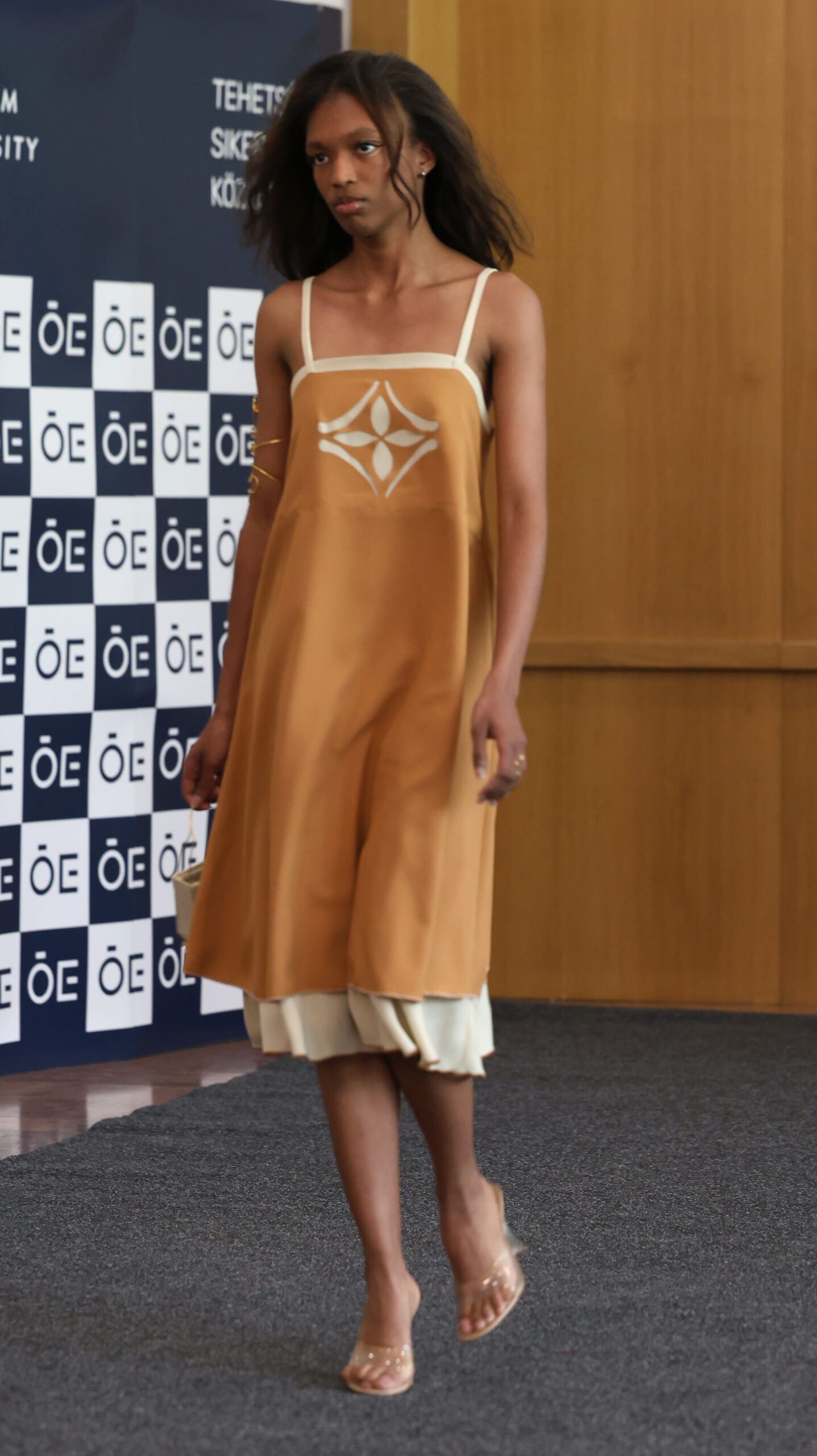In a formal ceremony attended by distinguished guests, students from the Rejtő Sándor Faculty of Light Industry and Environmental Engineering in Székelyudvarhely (Odorheiu Secuiesc), Romania received their light industry engineering diplomas. This event marks another significant boost for the city and its local industry.
Among the prominent attendees were Dr. Ferenc Ilyés, Director of the Székelyudvarhely University Center; Jenő Szász, President of the National Strategy Research Institute; Katalin Szili, Chief Advisor to the Hungarian Prime Minister; and István Szakács-Paál, Mayor of Székelyudvarhely. In their speeches, the high-ranking guests emphasized the importance of national cohesion and higher education in the Carpathian Basin.
The diplomas were presented by Dr. habil. László Koltai, Dean of the Rejtő Sándor Faculty of Light Industry and Environmental Engineering, also conveyed the greetings and congratulations of Rector Prof. Dr. Levente Kovács. In his address, the Dean of the Rejtő Faculty highlighted the crucial role of the graduating engineers in the region’s economic development, underscoring the responsibility that comes with their knowledge and the opportunities they should seize. He stressed the immense importance of light industry engineering education for Székelyudvarhely and the entire Székely Land, as these newly qualified professionals can significantly contribute to the modernization and increased competitiveness of local industry. He encouraged the students to leverage the opportunities their diplomas provide and not shy away from the responsibilities of engineering work.
Also present at the graduation ceremony were Dr. Gabriella Oroszlány, Coordinator of Cross-Border Programs, and Melinda György, Study Coordinator for Rejtő Faculty students in Székelyudvarhely. Their presence further underscored the commitment to Hungarian higher education across the borders and the support from the parent institution in Hungary.
All speeches at the event highlighted the importance of education, knowledge, and innovation. The guests congratulated the graduates and wished them great success in their careers, emphasizing that with their acquired knowledge, they can create value and contribute to the development of their community.
This graduation ceremony not only marked the conclusion of another successful academic year but also signified the beginning of a new chapter in the life of Transylvania and Székely Land, strengthening the city’s role in regional higher education and as an engine of economic development.
